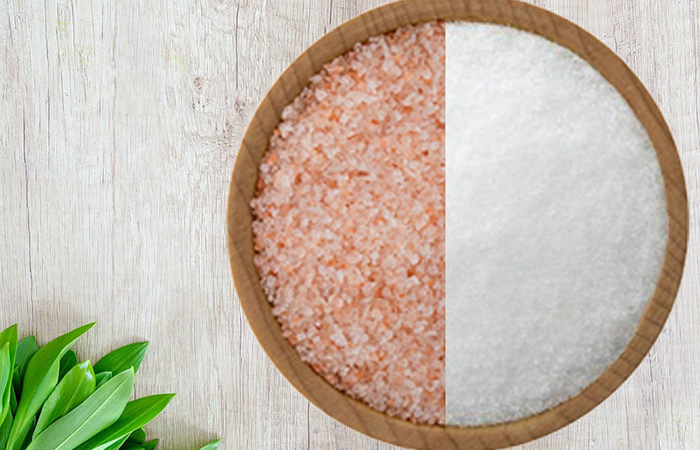
Salt is a fundamental ingredient in our daily lives, enhancing the flavor of our food and providing essential minerals to our bodies. However, when it comes to choosing between pink salt and white salt, many people find themselves in a quandary. Pink salt, also known as Himalayan salt, has gained popularity in recent years, claiming to offer various health benefits. On the other hand, white salt, which is commonly used and easily accessible, has been a staple in kitchens for generations. Let's delve deeper into the debate and explore the characteristics of each to determine which one is better.
Origin and Composition: White salt, or table salt, is predominantly extracted from salt mines and undergoes refining processes to eliminate impurities. During this process, minerals and trace elements are often removed, leaving behind pure sodium chloride. This results in a product that is uniform in appearance and taste.
Pink salt, on the other hand, is primarily sourced from the Himalayan region. It gets its distinctive pink hue from the presence of trace minerals, such as iron, magnesium, potassium, and calcium. These minerals are believed to provide additional health benefits and contribute to the salt's unique flavor profile.
Flavor and Taste: One of the significant differences between pink salt and white salt lies in their taste. White salt is known for its sharp, straightforward flavor, which can be easily recognizable in dishes. Its neutral taste allows it to blend seamlessly with various recipes and cuisines.
Pink salt, on the other hand, possesses a milder and more complex flavor profile. Its unique blend of minerals adds a subtle sweetness and a hint of earthiness to dishes. Some chefs and culinary enthusiasts prefer the nuanced taste that pink salt brings to their culinary creations.
Health Benefits: While both pink salt and white salt primarily consist of sodium chloride, pink salt contains a higher concentration of minerals due to its less refined nature. These additional minerals are touted to provide several potential health benefits. Advocates claim that pink salt can help regulate water balance, support respiratory health, improve digestion, and promote better sleep. However, it's important to note that these claims lack extensive scientific evidence, and any potential benefits may be minimal compared to an overall balanced diet.
Availability and Cost: White salt is widely available and economically priced, making it the go-to choice for many consumers. It can be found in every grocery store and is a staple in most kitchens around the world. Pink salt, while becoming more accessible, is still relatively less common and typically comes at a higher price point due to its sourcing and production methods.
The Verdict: Ultimately, the choice between pink salt and white salt comes down to personal preference and individual dietary needs. From a nutritional standpoint, the differences between the two salts are minimal, and any potential health benefits of pink salt are likely to be minor compared to an overall balanced diet. However, if you appreciate the unique taste and aesthetics of pink salt or prefer to experiment with different flavors in your cooking, it can be a worthwhile addition to your pantry. White salt remains a reliable and cost-effective option that fulfills the basic requirements of seasoning your food.
In conclusion, there is no definitive answer as to which salt is better. It ultimately depends on your culinary preferences, dietary needs, and budget. Both pink salt and white salt can be used responsibly in moderation to enhance the flavors of your meals. Remember, a well-rounded, healthy diet is more important than the type of salt you choose to sprinkle on your plate.
Established in 2013, FamilyNeeds.net is connected to your lifestyle and everyday life. Publish reviews of your life, style, fashion and essentials.